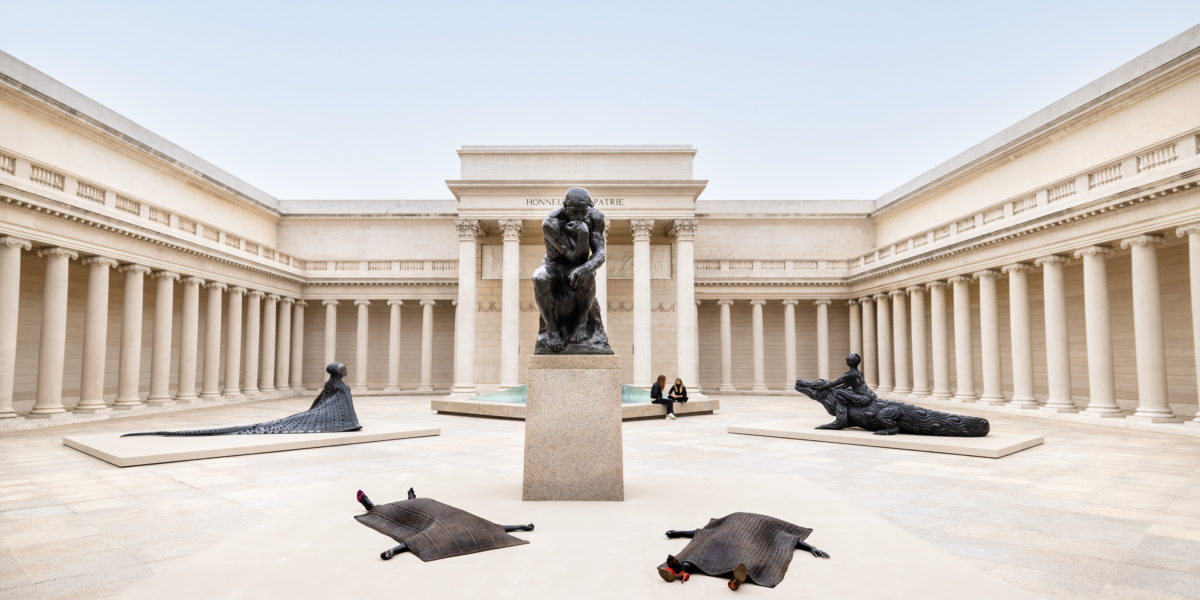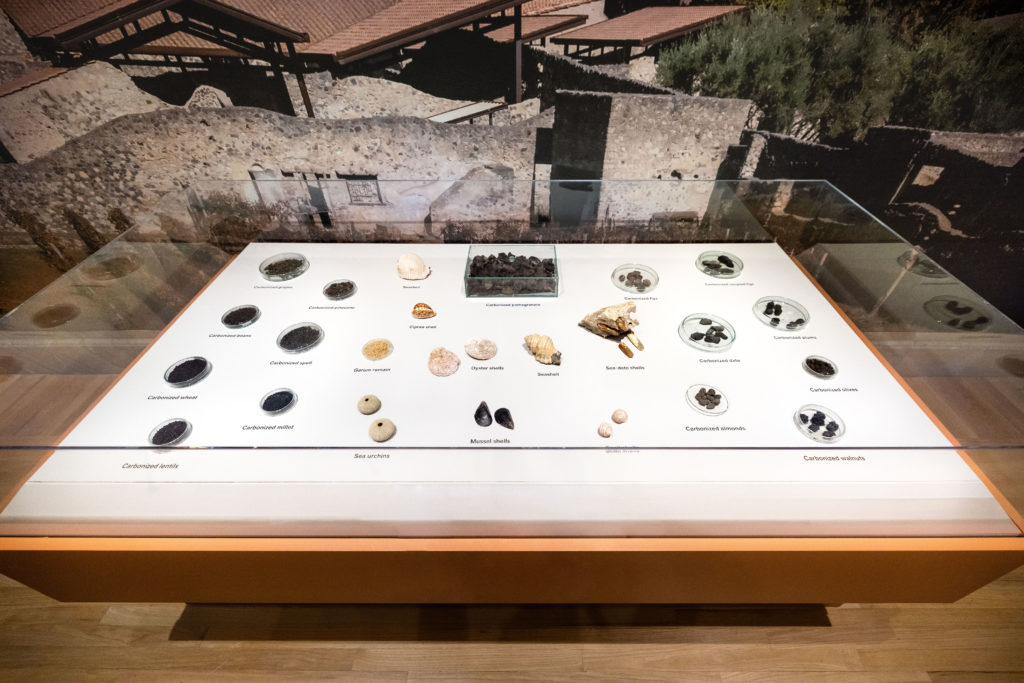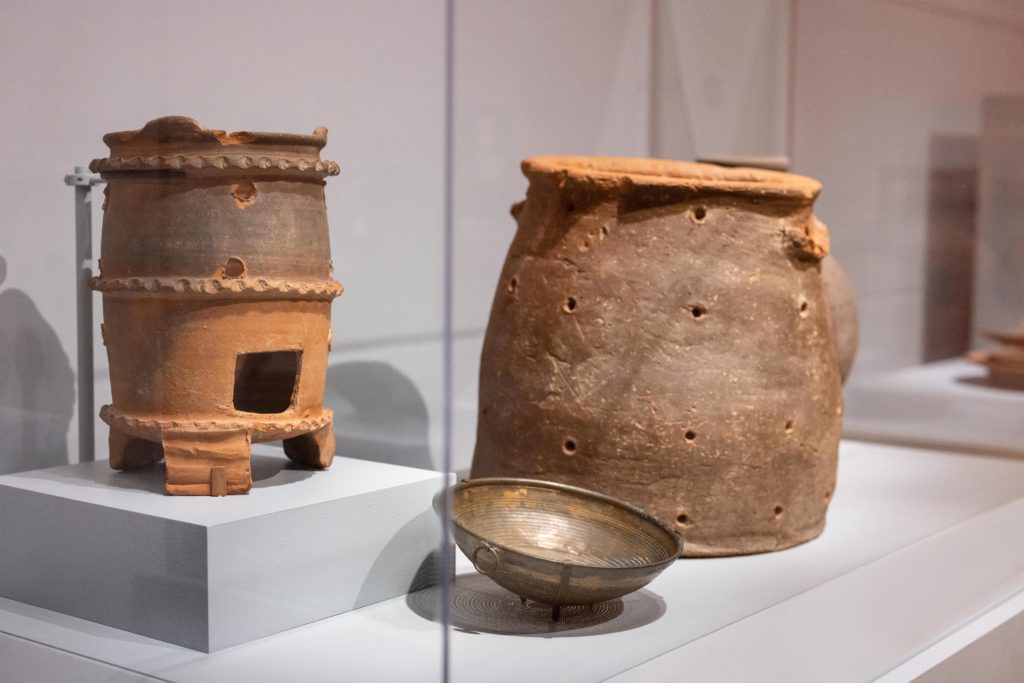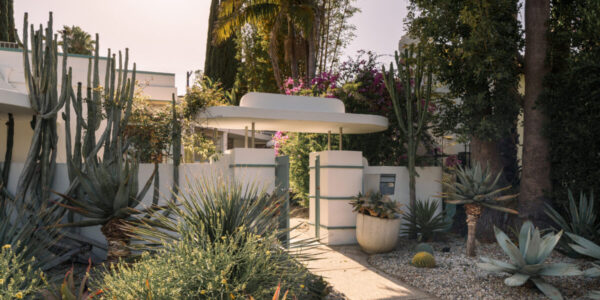
Ready to Get Back Into Museums? Start at the Legion of Honor in San Francisco
After a year of prep, the Legion of Honor museum and others in the West are reopening their doors. Here’s how they’ve changed.

When I heard that California museums were reopening, I was eager to see how they would curate the new IRL (in real life) experience. I’m a museum fan, I grew up in the Bay Area and I’m Sunset’s de facto food person, so the San Francisco Legion of Honor‘s exhibition on food and drink in ancient Pompeii caught my eye.
If you think about it, museums have always had social distancing policies: You’re about 6 feet away from the art, and they generally have enough space that patrons naturally stay 6 feet from one another. With all of that in mind, I felt ready and willing to dive back into museum life.
The Legion of Honor is part of the Fine Arts Museums of San Francisco. It’s located in the Land’s End area of San Francisco, overlooking the Golden Gate Bridge on one side and historic Sutro Baths—a once public series of saltwater pools that are now a public beachfront playground—on the other.
To enter the museum, you first stroll through a colonnaded courtyard, where Rodin’s “The Thinker” sits in the center, surrounded by four Afrofuturist sculptures from the Kenyan artist Wangechi Mutu—two are fantastical hybrid creatures, while two other figures are apparently asleep under mats with painted nails and heels.
Just six other visitors waited to enter alongside me. Was the small crowd due to the pandemic or because it was 9 a.m. on a Tuesday morning?

Photography by Gary Sexton. Images courtesy of the Fine Arts Museums of San Francisco
Intimate Guided Tours to Ensure Social Distancing
Upon entering the museum’s grand hall that splits up the different galleries, I checked in at the front desk and was escorted by a docent downstairs to the exhibit, “Last Supper in Pompeii: From the Table to the Grave.” Renée Dreyfus, curator of ancient art at the Fine Arts Museums of San Francisco, walked my masked group of seven through the show.
Escorts, guided tours and the ability to reserve tickets online are all new policies to help make patrons feel more comfortable. Not only did I feel comfortable, but I also felt cared for and as though my visit was important to the staff at Legion of Honor.
Galleries Reoptimized for Easy Walk-Throughs
The exhibition, which runs through Aug. 29, begins with a statue of Bacchus, the Roman god of wine and fertility. Bacchus was one of the most celebrated deities in the Pompeii area, which was “kind of the Sonoma Valley of ancient Rome,” according to Thomas P. Campbell, director of the Fine Arts Museums of San Francisco.
While moving through the exhibit I noticed that the rooms weren’t filled with an obstacle course of statues and pieces. Instead, most of the frescos and platters hung on the walls, while the cases holding fragments, jewelry and pots were pushed against walls decorated with imagery from Pompeii. This free space in the middle of the gallery allowed for comfortable moving around and distanced viewing from other patrons, another post-pandemic update.
Beyond Bacchus lay: a fresco of a garden party scene that had been on display in the dining room of a Pompeiian house; a daybed-style couch used by reclining Roman elites during their formal dinner parties; and other galleries filled with artifacts such as food remnants and dining sets excavated from the homes buried in the eruption of Mt. Vesuvius.

Photography by Gary Sexton. Image courtesy of the Fine Arts Museums of San Francisco
“Over the past year,” Campbell said, “the exhibition’s focus on feasting and food in the shadow of the destruction of Vesuvius has come to feel relevant in a different way, as we’ve dealt with and adapted to our own kind of natural disaster of COVID-19. It puts a fresh focus on enjoying life as we have it.”
The show does just that, shining a light not only on the similarities of hardship, but also on a very common thread—our mutual love of eating.
The Show Must Go on—Even with Delays
The show was not without hardship ahead of completion.
“All of our exhibitions had to be postponed, and some even canceled,” Campbell said. “In fact, ‘Last Supper in Pompeii’ was scheduled to open last April, but had to be postponed as we waited for our lockdown to end, as well as other countries like Italy to be able to ship their objects from Pompeii to the museum.”
That interruption, Dreyfus said, didn’t just delay the show—it changed it. “Throughout the process, we were able to refine it,” she said, “and bring in objects that we really felt helped to tell the story,” like a clay container once used to hold and fatten dormice, one of the delicacies of the Roman table.
The museum also added objects from what Dreyfus termed “the naughty section” near the end of the exhibit, which showcases racy frescoes and small sculptures that would have been on display in one of Pompeii’s many brothels. “We realize that by having this extra year, we really made it so much better,” she added.

Photography by Gary Sexton. Image courtesy of the Fine Arts Museums of San Francisco
At the exhibit’s end, I watched a time-lapse animation that imagined the eruption of Vesuvius and its aftermath, then exited through the gallery gift shop. Catalogs, keychains and replicas of Roman flatware and glasses filled the shelves. I considered how the exhibit sat, so well-maintained ahead of its uncertain opening date, and now after a year of edits and additions, finally open to the public.
With a catalog and tote bag in hand, I made my way up the stairs and out into the courtyard where my visit began, giving one last nod to “The Thinker” and his Afrofuturist companions before admiring the view of the city in the distance.
